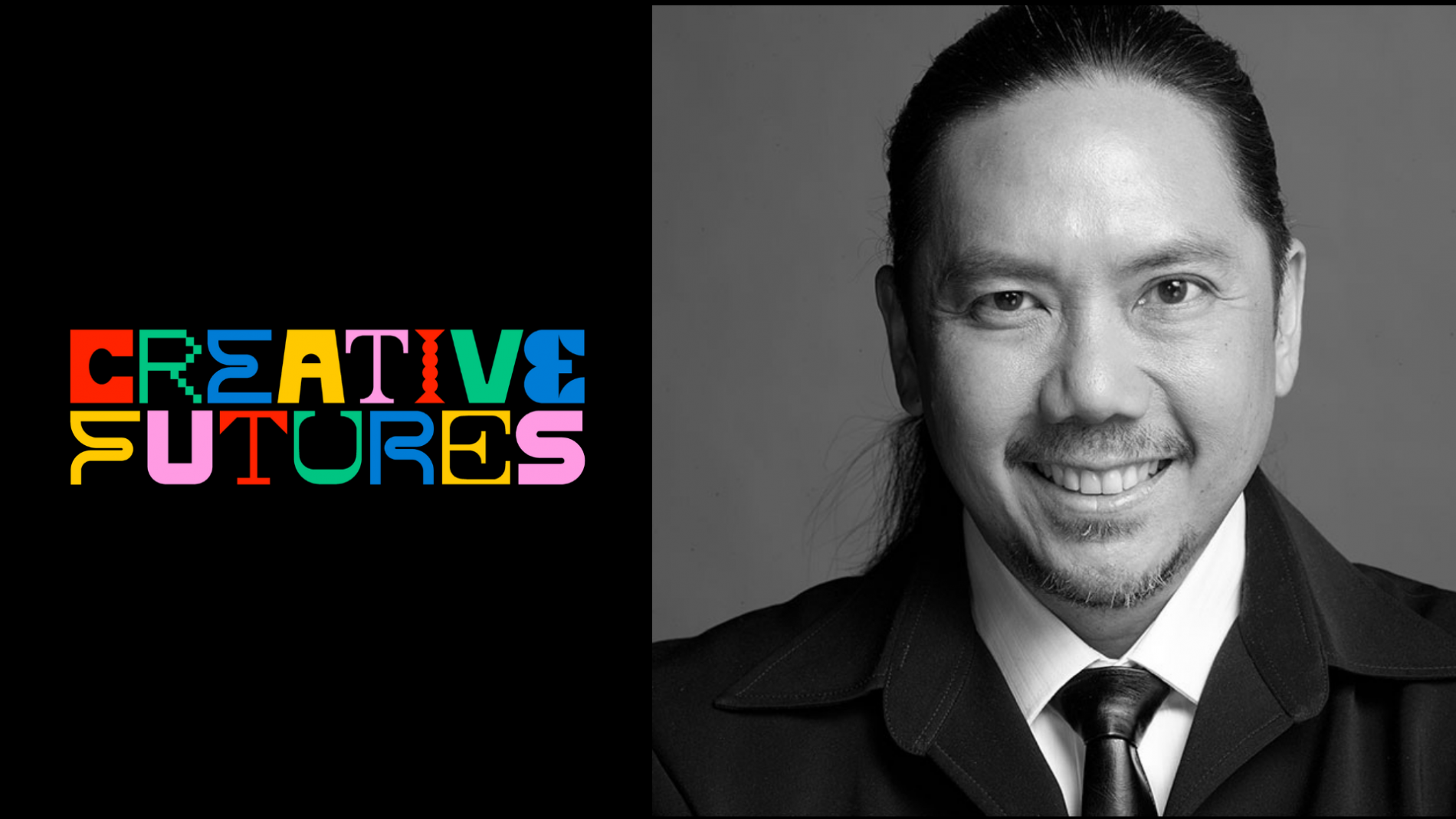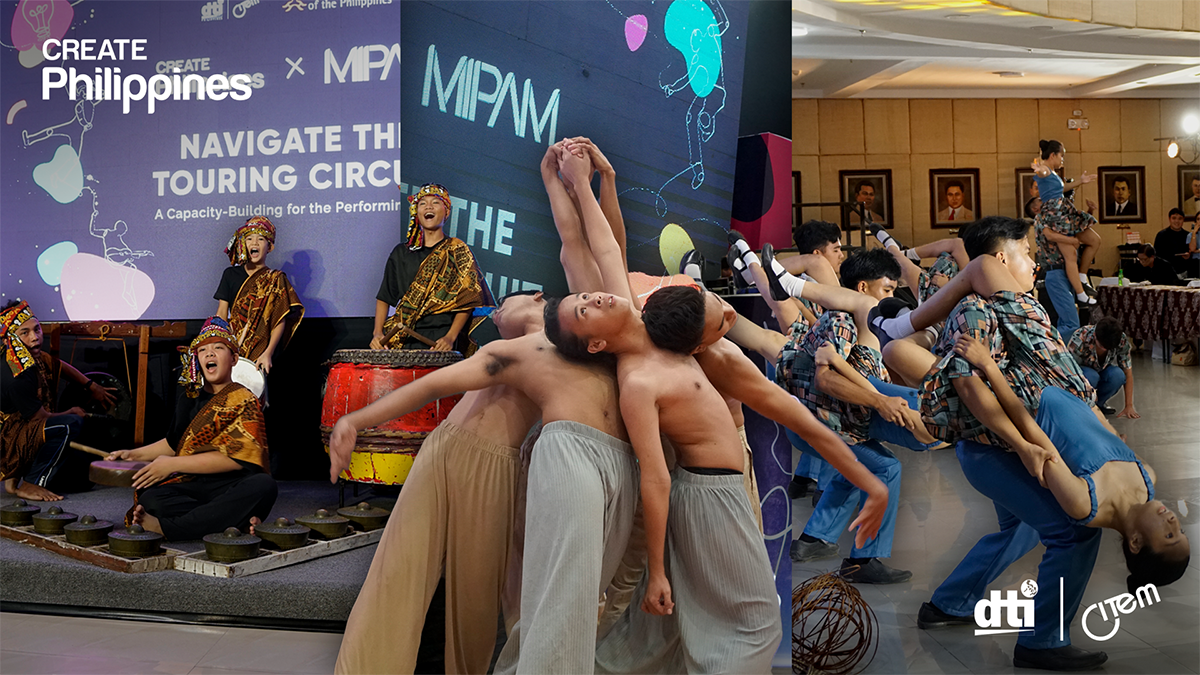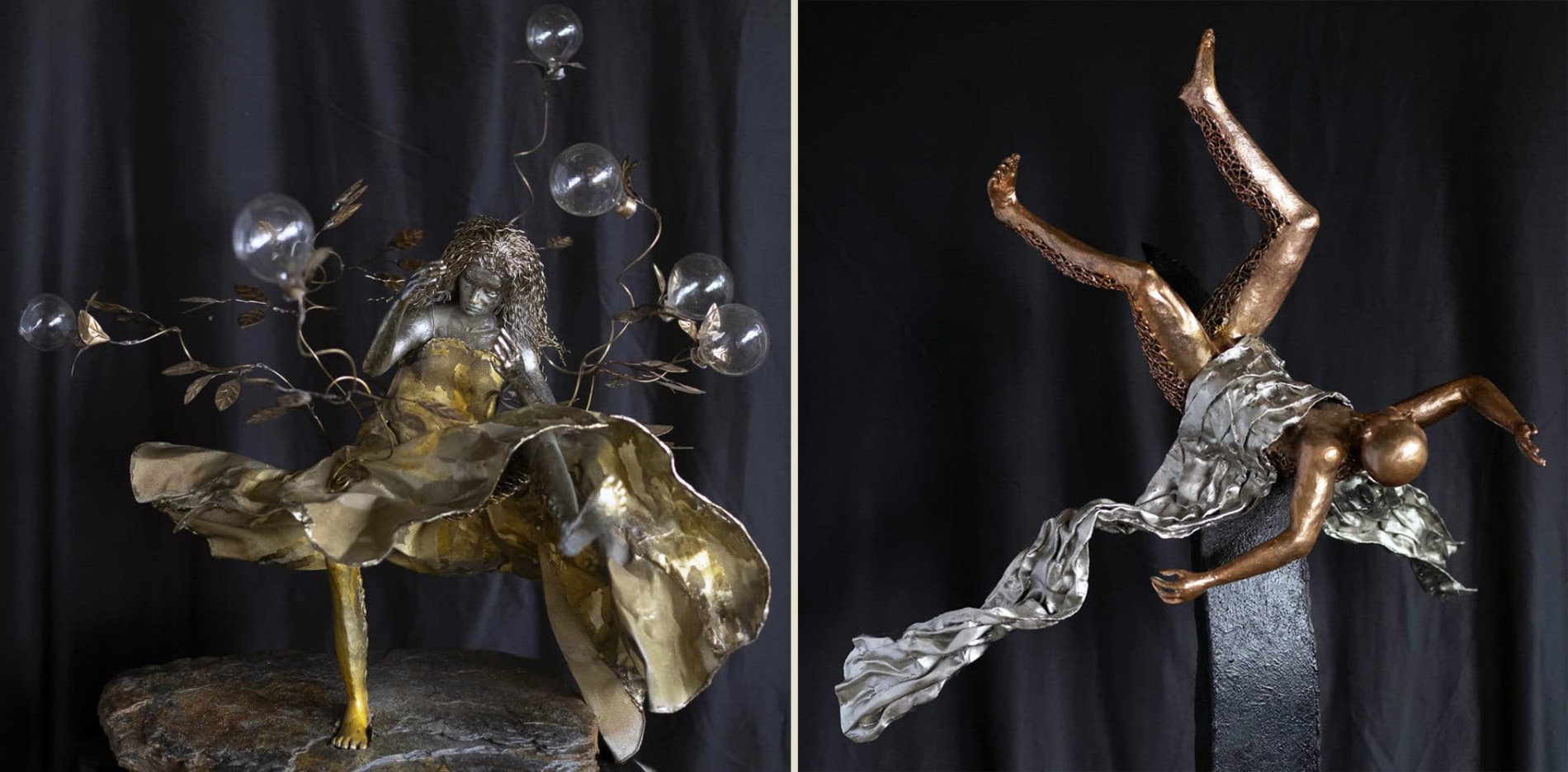
Art in Time of Climate Change: Caring for the Environment through Creative Expression
By Arry Asiddao
May 03, 2023
In a tropical country like the Philippines, there could not have been more tangible evidence of climate change than the increasingly hellish summers and torrential rains. The same thing is happening worldwide, only that its effects are more intense in countries in the global south, and are felt even more acutely by marginalized groups.
Over the next few decades, the global average temperature is projected to reach 1.5°C or about 3°F above pre-industrial levels. The sea level is expected to rise at least another foot and up to 8 feet by 2100. In the Philippines, the sea level is rising three times faster than the global average, threatening many coastal communities.
Climate change disproportionately affects the poorest and most vulnerable sectors, which contribute the least to it. The call for climate justice acknowledges this and aims to hold accountable industrialized nations and corporations that are historically responsible for climate change.
While ordinary people should not carry the same burden of reducing their carbon footprint as the world’s richest 1 percent, you can still practice small lifestyle changes to contribute to this global effort. And if you are also an advocate of the arts and culture, here are some ways to promote climate justice.
Visit climate change-themed exhibitions and art shows (and commute!)
One way to support local artists and show solidarity for climate action is by visiting art shows and installations that aim to raise climate awareness.
Adaptation: A Reconnected Earth is an ongoing exhibition of the Museum of Contemporary Art and Design (MCAD) Manila of the De La Salle-College of Saint Benilde, highlighting the realities of climate change. The exhibition features Patty Chang, Agnes Denes, Josh Kline, Lui Medina, Issay Rodriguez, Deniz Tortum and Kathryn Hamilton, Derek Tumala, and Bartolina Xixa.
The exhibition is free and runs until July 23.
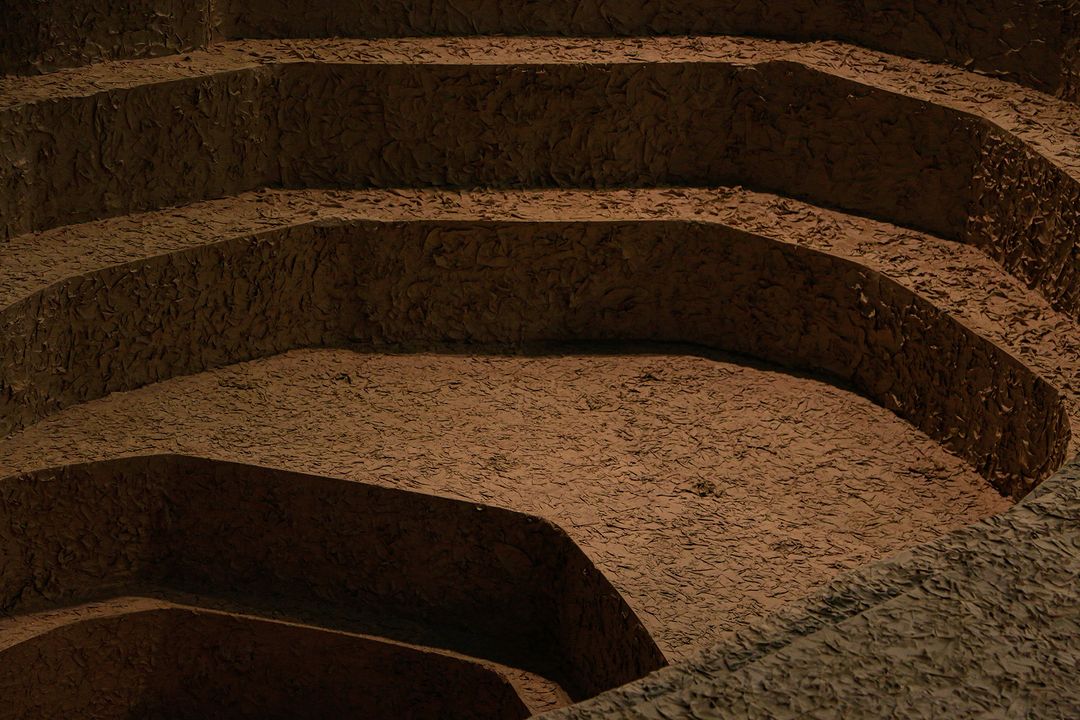
Support local, sustainable brands
Being more intentional in your purchases is a privilege, but if you have the financial means, you can opt for local, eco-conscious brands. Supporting local micro, small and medium-sized enterprises (MSMEs) will also enable Filipino creatives and artisans to continue practicing their craft.
A good example would be the interior design company Junknot, whose mission is to transform plastic waste into functional furniture pieces while providing livelihood to communities. Sustainable fashion brand Craftcha, on the other hand, offers handcrafted bags and clothing made of upcycled katsa (flour sacks), old denim, hinabi textiles, and scrap cloth.
Shifting to a sustainable lifestyle is a process, and a good alternative to buying sustainable products is reusing things you already have, or doing the upcycling yourself.
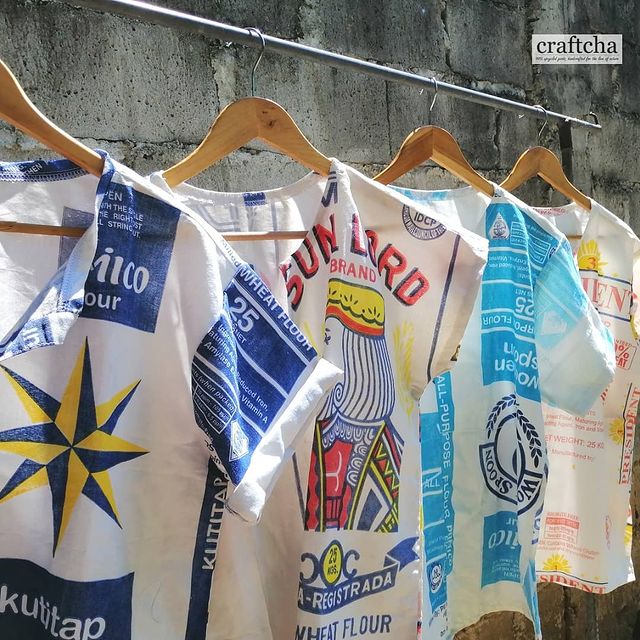
Get creative and practice upcycling
Creative outlets are not limited to traditional art forms like painting or making music. If you’re looking for a hobby that aligns with your environmental advocacy, try upcycling old things. You can learn sewing and embroidery to repurpose old or thrifted clothes—or transform used bottles and cans into planters, decor, or storage for just about anything.
Upcycling not only reduces your carbon footprint but also allows you to think creatively and come up with unique designs.
.
Participate in environmental art projects
Making art does not have to be a solitary endeavor, especially when dealing with an issue of the scale and urgency of the climate crisis. Participating in cultural events and collaborative art projects like mural painting allows you to connect with other artists who share your advocacy.
Last year, artists in Borongan City including mural painter and environmental activist AG Saño, came together to paint murals portraying nature along Baybay Boulevard’s seawall.
These projects are usually hosted by environmental groups and non-governmental organizations (NGOs) like Greenpeace, as well as local government units (LGUs). Following these groups on social media will keep you up to date on their upcoming events.
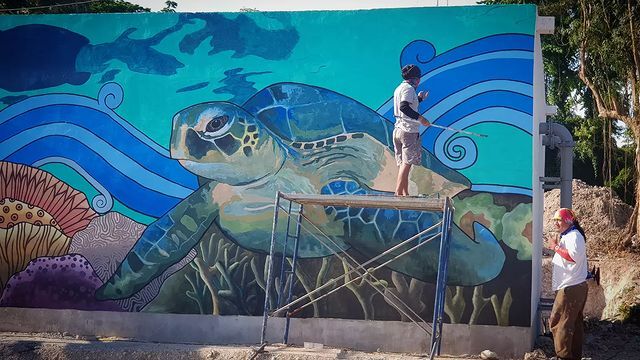
Join art collectives and environmental organizations
While individual efforts are invaluable to the climate justice movement, there is greater power in getting organized and mobilizing with fellow advocates. And because climate justice is centered around holding the wealthy and powerful accountable, collective action is a must to amplify our calls and create greater pressure to act.
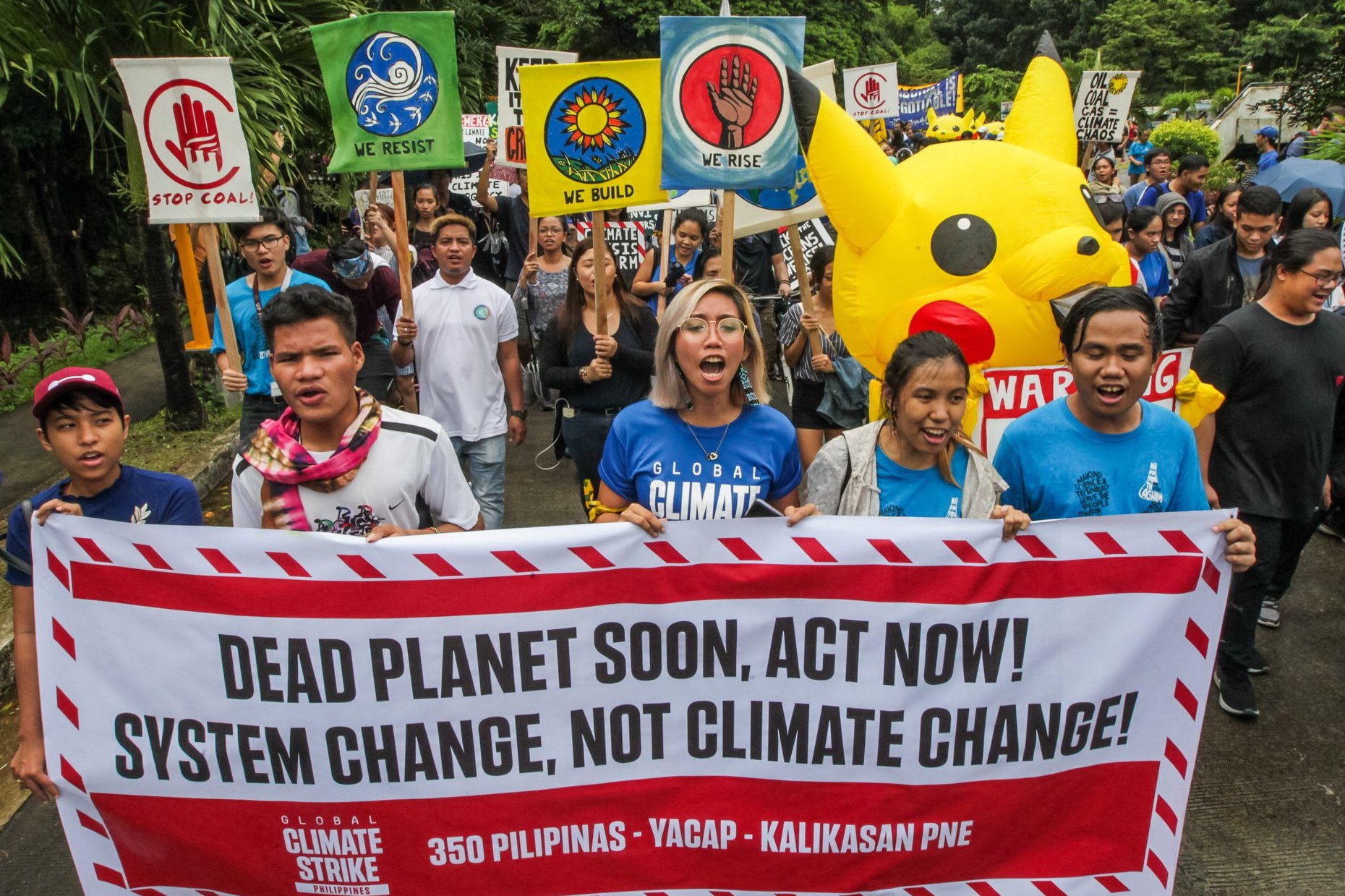
You can research organizations whose values you identify with the most, but a few examples are the Youth Advocates for Climate Action PH (YACAP), Kalikasan People’s Network for the Environment (Kalikasan PNE), Art ATAK - Artista para sa Agham, Teknolohiya, at Kalikasan, and the Philippine Movement for Climate Justice (PMCJ).

